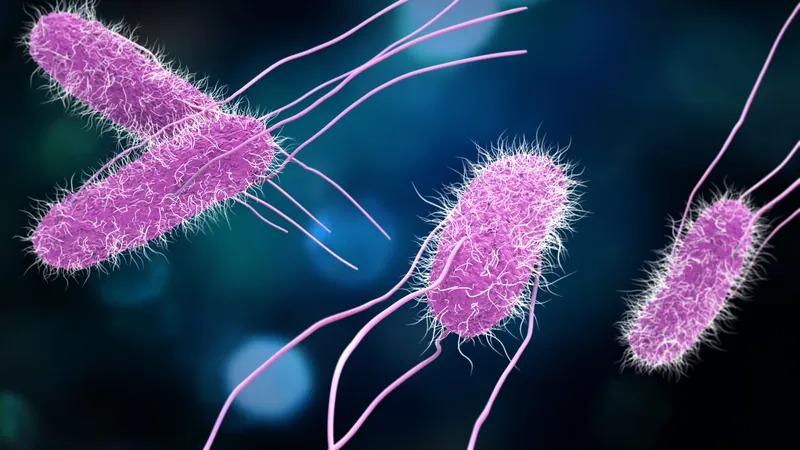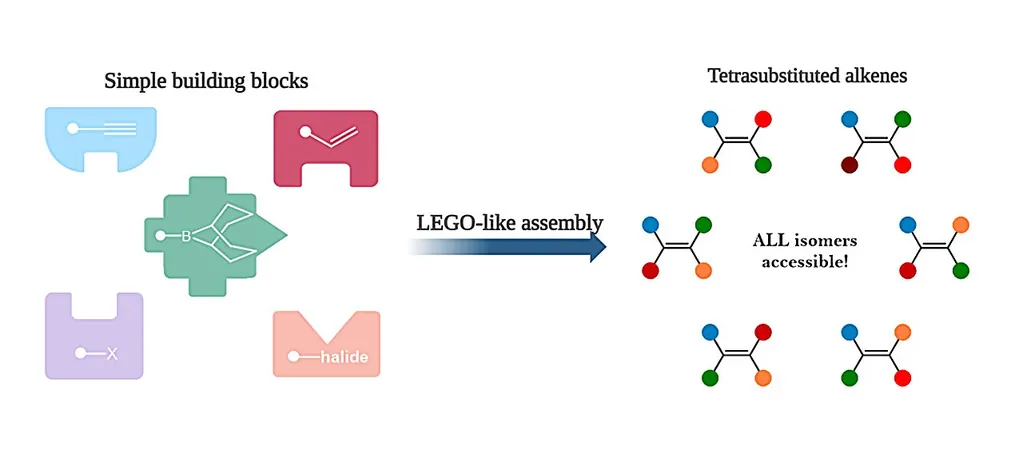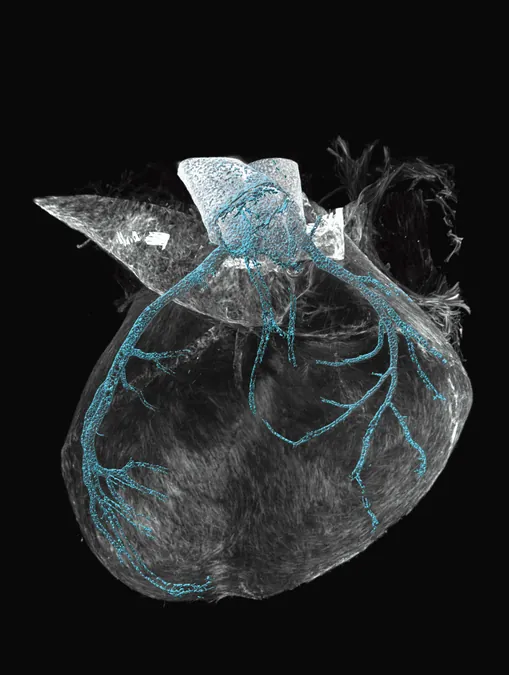
Meet the Super Bacteria That Could Save Our Planet from Toxic Forever Chemicals!
2025-01-25
Author: Ming
When you picture bacteria, you might think of annoying germs or the probiotic heroes in yogurt. But what if we told you that these microscopic organisms could become key players in battling one of today’s most pressing environmental concerns: forever chemicals?
Forever chemicals, scientifically referred to as per- and polyfluoroalkyl substances (PFAS), were first introduced in the 1950s and have wormed their way into everyday products. From nonstick cookware to firefighting foams, these substances are valued for their remarkable resistance to water, heat, and grease. However, their durability is a double-edged sword, rendering them nearly impossible to break down in nature. As PFAS linger in our soil and water, they raise significant worries about their potential health impacts, sparking an urgent search for effective remediation techniques.
Enter Labrys portucalensis F11—affectionately called F11. This little bacterium could indeed be a monumental breakthrough in our fight against PFAS pollution! Researchers at the University at Buffalo have found that F11 can effectively consume these chemicals by dismantling the notoriously strong carbon-fluorine bonds that hold them together. Miraculously, in just 100 days, F11 was able to metabolize over 90% of perfluorooctane sulfonic acid (PFOS), which is one of the most persistent and problematic PFAS contaminants.
To put this into perspective—traditional cleanup strategies often focus on trapping or removing PFAS rather than destroying them entirely. But F11 goes a step further; it digests these invisible culprits and converts them into harmless substances!
Imagine F11 as a savvy chef working in a challenging kitchen. By thriving in polluted soils, it has learned to leverage chemical contaminants like PFAS as its fuel. This remarkable bacteria "chops" away at the fluorine atoms, digests the carbon, and continues its work, all while tackling some of the toxic waste products that result from the process.
However, it's essential to temper our enthusiasm with a dose of reality. While this discovery marks a significant advancement, F11 is not a silver bullet. It operates slowly, taking months to break down PFAS, and its efficiency is hampered when there are competing energy sources around. Nevertheless, the scientific community remains optimistic about further developments and potential applications.
As awareness grows about the environmental and health hazards posed by forever chemicals, the emergence of solutions like F11 could not only help restore contaminated ecosystems but also pave the way for a cleaner, safer future. Stay tuned—this bacterial breakthrough may very well change the game in environmental remediation!




 Brasil (PT)
Brasil (PT)
 Canada (EN)
Canada (EN)
 Chile (ES)
Chile (ES)
 Česko (CS)
Česko (CS)
 대한민국 (KO)
대한민국 (KO)
 España (ES)
España (ES)
 France (FR)
France (FR)
 Hong Kong (EN)
Hong Kong (EN)
 Italia (IT)
Italia (IT)
 日本 (JA)
日本 (JA)
 Magyarország (HU)
Magyarország (HU)
 Norge (NO)
Norge (NO)
 Polska (PL)
Polska (PL)
 Schweiz (DE)
Schweiz (DE)
 Singapore (EN)
Singapore (EN)
 Sverige (SV)
Sverige (SV)
 Suomi (FI)
Suomi (FI)
 Türkiye (TR)
Türkiye (TR)
 الإمارات العربية المتحدة (AR)
الإمارات العربية المتحدة (AR)